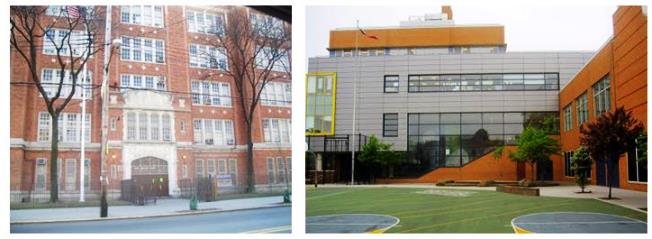Calypso on Broadway!
Calypso on Broadway!
Calypso music can be heard in almost all parts of these United States, but the road traveled by the pioneers was not easy to say the least. In the 1930’s, calypso was more or less unknown beyond the borders of Trinidad and the Caribbean. It was the efforts of a selected few Calypsonians that took Calypso from Trinidad and the Caribbean and into the cosmopolitan cities of the United States and Canada. These men took their product, some of which was recycled and adapted it to the US market. Many of these songs recorded between 1934 and 1950 were covered or sampled by some of the most popular international artists of that time, giving Calypso the recognition it had not garnered before.
Lord Caresser’s “Love Alone”, The Roaring Lion’s “Ugly Woman”, King Radio’s “Matilda” and “Roosevelt in Trinidad” by Atilla were just of few of the popular hits at that time. Some of these recordings were played in movies and many occupying the number one spot on the Billboard charts a few years later.
Wilmoth Houdini earned the title as the Calypso King of New York in the 1930’s and 1940”s due in part to many of the Calypso events he hosted in New York. Calypso and the American Blues shared similar sentiments within recorded lines. Both genres told of a people’s struggle, so it was no surprise that during the Harlem Renaissance, Calypso was present. Calypsonians “Working for the Yankee Dollar”, would stage great productions at what was the historic Harlem Renaissance Casino and Ballroom. Built in stages between 1921 and 1923, the “Renny” as it was called hosted acts the likes of Paul Robeson, Oscar Micheaux and was the venue for many Joe Louis fights. The location was not only known as Harlem’s cultural mecca, but it was the Caribbean’s cultural mecca in North America. You see the owners were three business partners and they were from Antigua and Montserrat. The “Renny” hosted many of the best dance bands of the day and made it an obvious location for calypso productions. Performances by Houdini, Radio and others drew hundreds if not thousands to the venue.
With such numbers Calypso then moved to Broadway selling out show after show. In 1947, Houdini chose the “Renny” for a Harlem edition of the Calypso “Pop” concerts that had previously sold out Carnegie Hall. What really kept Calypso in New York and on Broadway was acts such as Armstrong, Ellington, Basie and Calloway playing Calypso to huge crowds. They were the premiere band leaders of the day. This also afforded the New York based Calypsonians the opportunity to write songs.
These opportunities kept calypso in the nightclubs, concert halls on Broadway and Hollywood movies.
The success of calypso in New York ensured that it remained a genre popular in North America. Calypso became a craze in the USA 1950’s. Calypso was infused in fashion, hats etc. This led to harry Belafonte in 1956. Belafonte’s album entitled “Calypso” reached number 1 on the Billboard Charts and R&B Charts years later.
Keran Deterville

